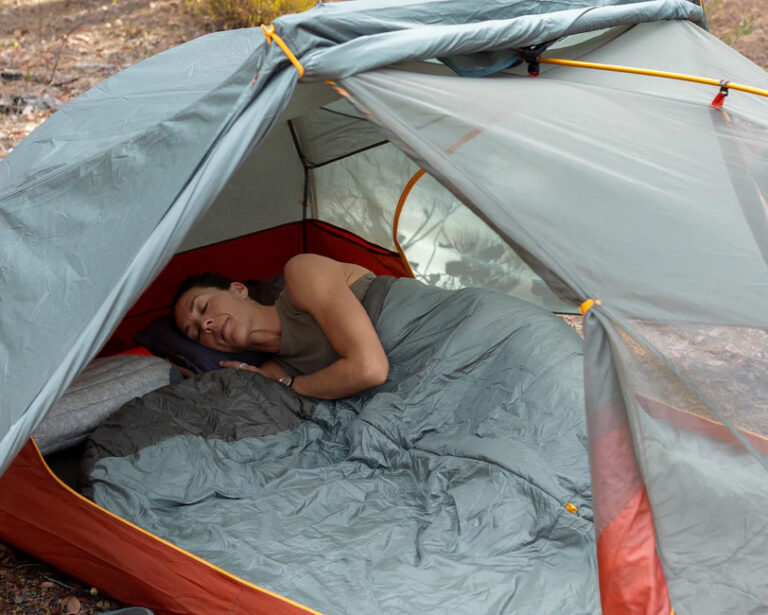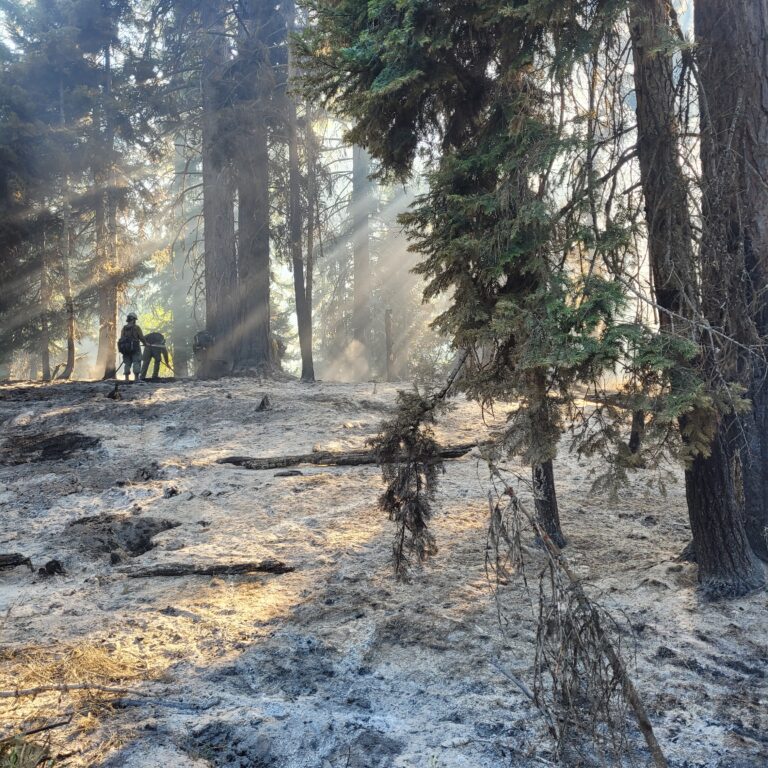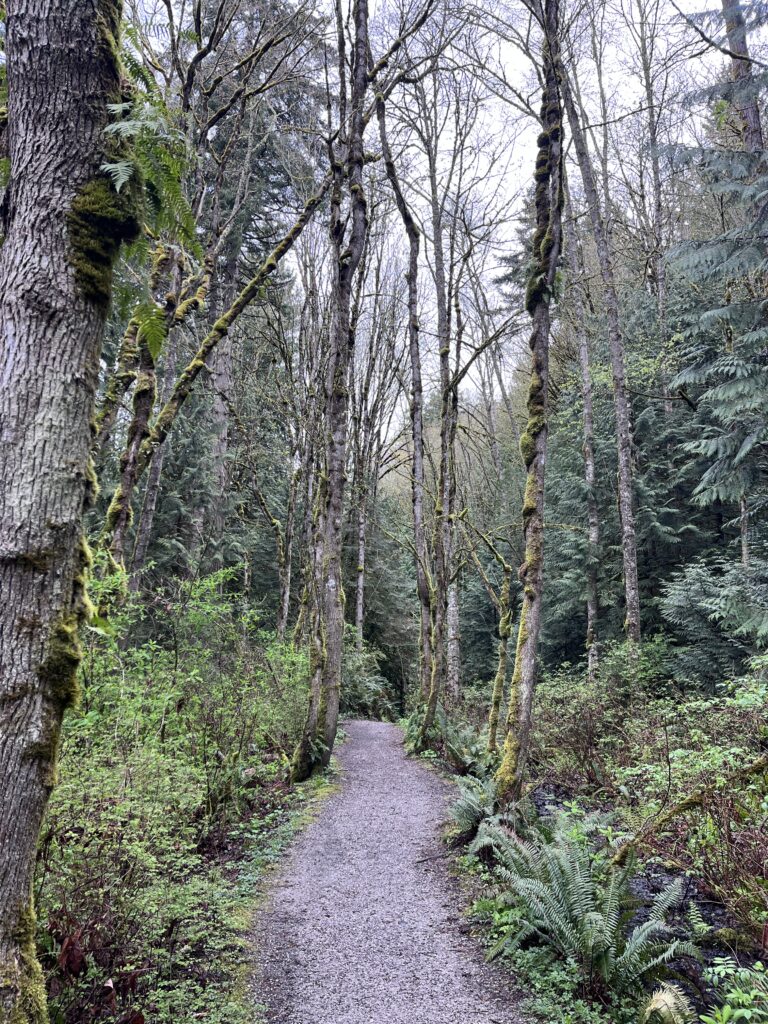On the days that I hike, wearing light shoes that I can sense the ground through, I feel myself move differently than I used to. My legs are springs, and they cushion my dance uphill and downhill. I keep my body relaxed to conserve energy, and still I go, shot from the cannons of my foot joints, ankles, and knees, trained through practice to bend in fluid harmony.
Because I have spent so much time dancing, everything else feels like dance too. In the muddy, chilly side months in particular, when slush covers the trails, I stand in front of the mirror learning how to isolate movements in my hips and shoulders. I grew up dancing, ballet mostly, practicing my sautés and pirouettes. And now I learn again how to stand neutrally, advance in every direction and come back to neutral. The curves in your spine are meant to cushion your movement, my dance teacher told me. Keeping everything in alignment — knees over toes, equal flexion in each vertebra as you bend — makes self-injury much less likely.
She was my idol, my teacher, and the inspiration for immersing myself in local, regimented dance classes in my mid-30s. Rachel Brice. She had started a new subgenre, a blend of things she called tribal fusion. Her performance videos made me believe I could one day move like she did, like water— aqueous and serpentine.
I took a workshop with her first, driving 14 hours to and from Portland, Oregon, for the three-hour class. Two years later, I got into her intensive: a semester’s worth of work packed into a week. It focused on the basics of technique—what she called hard skills—and how to react and improvise—what she called soft skills. More than 40 women from all over the world flew to Portland to attend, all teachers and tribal fusion stars in their own right. I felt lucky to have only come seven hours.
Her daily lessons began with connection. Be kind to yourself and the others, she said; this is a place where you’re going to look stupid. She shared deeply personal struggles with us. I had not expected to learn the emotional component of physical health in that week, how much the head can help or interfere with the way you move. But learn it I did. I learned to love my own movement, to feel it begin in the first joint and carry through deliberately to the last. And with practice it became effortless; love was the only thing that remained.
We were far from perfect; we were often nervous. She said to use stress as your ally, to feel it as energy when you stepped up to dance. Women shed tears daily, tears of joy and healing. “For the first time in my life, I feel completely alive,” one of my classmates shared on the fourth morning. We struggled through difficult exercises and mastered them. We spoke genuine words of support to each other, admired one another, and laughed together.
On the last day, after we’d taken tests and posed for photos with our teacher, we went to a dance party at her studio and congregated around the edges of the dimly lit room. Each person was supposed to dance in the circle and improvise. She had said to use stress as your ally; let it pull feeling from you, and so when I stepped into the circle beckoned by the girl before me, my churning stomach rising, I was ready; the music played me; the women I had danced with all week surrounding me. They were the eggshells of my nascent self, eyes turned inward to watch. I birthed myself through movement—as Eve, the lady-mother Eve, and as the serpent, a hissing serpent, coiling. And my mothers in the darkness hissed; they called their ululations. I had never moved so well, so fully. I could see her, the mother of us all, grinning in her corner, her delight the best praise I could have dreamed.













